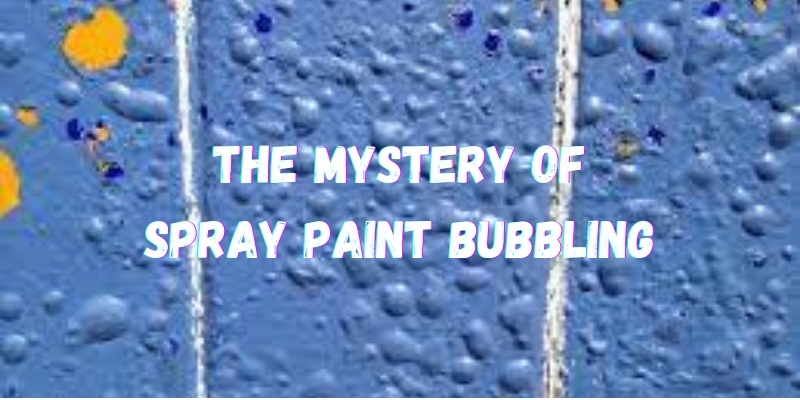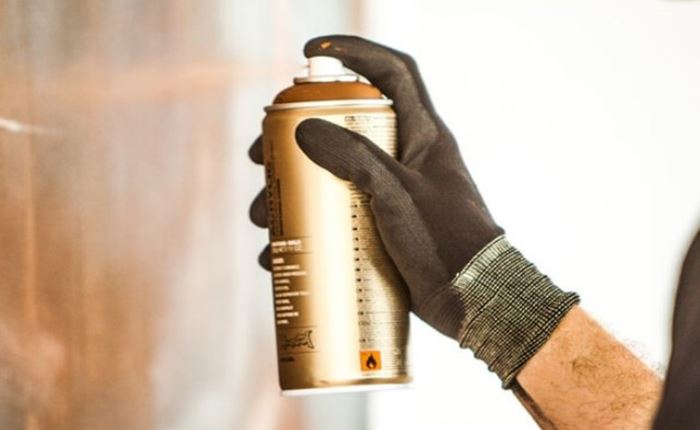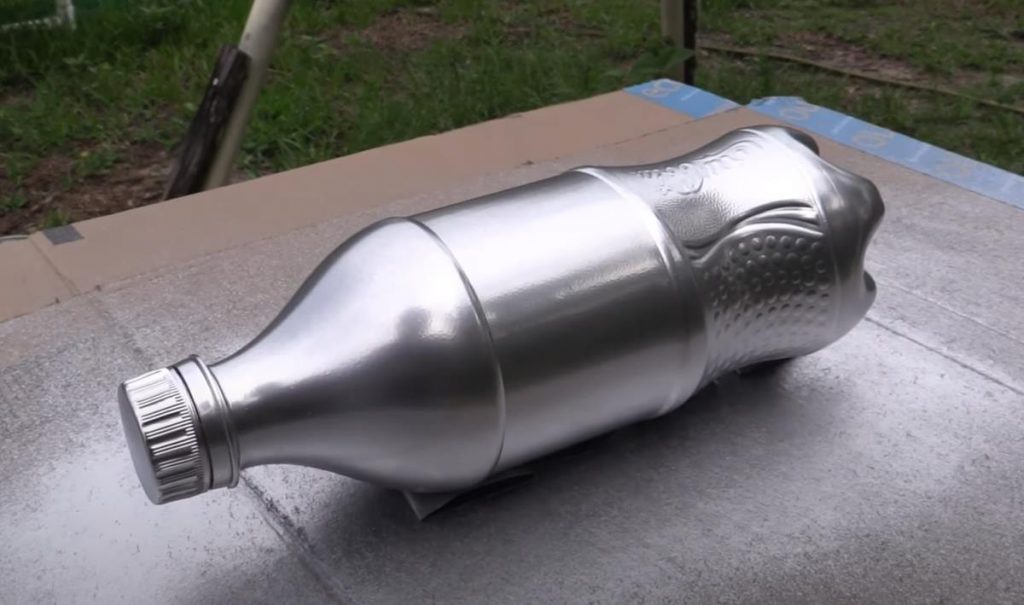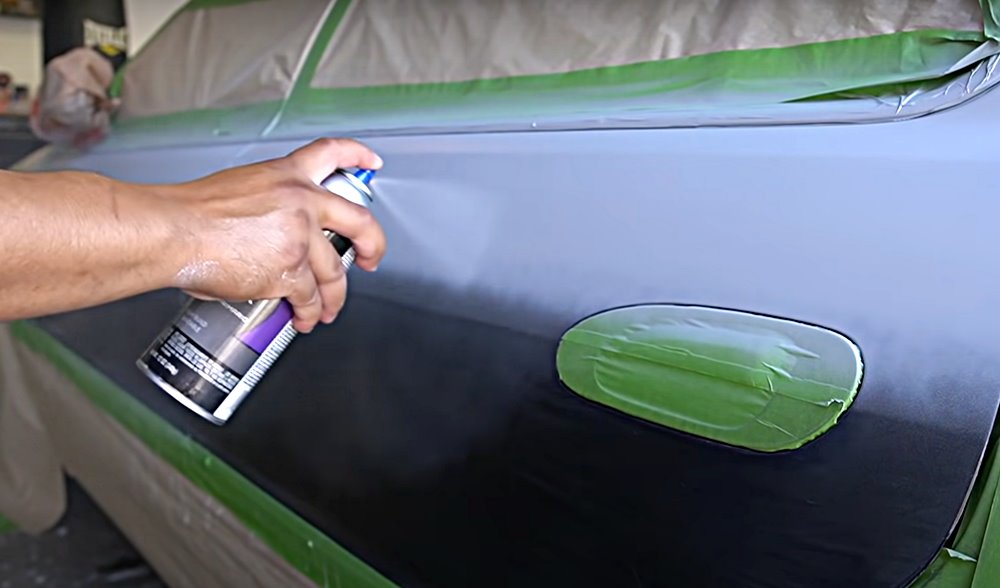Spray painting is a popular and easy way to give a new look to old or dull surfaces. However, nothing can be more frustrating than seeing bubbles appear on the painted surface. Spray paint bubbling can occur for a variety of reasons, and identifying the root cause is essential to prevent it from happening in the future. In this article, we’ll explore some of the main causes of spray paint bubbling and provide tips to avoid it.

Reasons for spray paint bubbling
Moisture, contamination, temperature, and incompatible products are the four main reasons for spray paint bubbling.
1. Moisture
Spray painting in humid or wet conditions can cause moisture to get trapped between the paint and the surface. The trapped moisture then expands as the paint dries, creating bubbles. Painting a surface that is still damp from cleaning or after rain can also cause moisture bubbles.
Tips to prevent moisture from causing bubbling:
- Avoid painting in high humidity or wet conditions.
- Ensure the surface is completely dry before painting.
- Use a dehumidifier or air conditioner to control humidity levels.
2. Contamination
Contamination occurs when dust, dirt, or other foreign particles settle on the surface before or during painting. When the paint is applied over the contamination, bubbles form as the paint dries.
Tips to prevent contamination from causing bubbling:
- Clean the surface thoroughly before painting.
- Cover the surface with a drop cloth or plastic sheet to prevent dust and dirt from settling on it.
- Paint in a clean, dust-free area.
3. Temperature
Extreme temperatures can also cause bubbles to form in spray paint. Cold temperatures can cause the paint to thicken, making it difficult to spread evenly. On the other hand, hot temperatures can cause the paint to dry too quickly, trapping air pockets in the coating.
Tips to prevent the temperature from causing bubbling:
- Avoid painting in extreme temperatures.
- Use spray paint designed for the temperature range of the area you are painting in.
- Apply thin, even coats of paint to prevent the paint from drying too quickly.
4. Incompatible products
Using incompatible products, such as mixing different brands of spray paint or using an incompatible primer or topcoat, can cause bubbling.
Tips to prevent incompatibility from causing bubbling:
- Use the same brand and type of paint, primer, and topcoat.
- Read the manufacturer’s instructions before applying any product.
- Test the product on a small area before applying it to the entire surface.
How to fix bubbles in spray paint
Materials Required
Before attempting to fix spray paint bubbles, it is important to have the necessary materials on hand. Here is a list of materials required to fix spray paint bubbles:
- Sandpaper – Use sandpaper to sand the affected area before applying a fresh coat of paint.
- Clean rag – Use a clean, lint-free rag to wipe away dust and debris before applying paint thinner.
- Paint thinner – Paint thinner is used to remove any excess paint and debris from the surface.
- Spray paint – A fresh coat of spray paint is necessary to cover the area where the bubbles formed.
Step-by-Step Guide to Fix Spray Paint Bubbles
Now that we have discussed the causes of spray paint bubbles and the materials required, let’s move on to the step-by-step guide on how to fix them.
Step 1: Identify the bubbles and their location – Use your fingers to feel the surface for any bubbles.
Step 2: Sand the affected area – Use sandpaper to lightly sand the affected area.
Step 3: Clean the surface with a clean rag – Use a clean, lint-free rag to wipe away any dust and debris.
Step 4: Apply paint thinner to the surface – Dampen a clean rag with paint thinner and wipe the affected area.
Step 5: Apply a fresh coat of spray paint – Once the surface is dry, apply a fresh coat of spray paint to the affected area.
Step 6: Allow the paint to dry – Allow the paint to dry for the recommended amount of time before touching the surface.
Tips and Tricks for Preventing Spray Paint Bubbles
Now that we know how to fix spray paint bubbles, it is important to take the necessary steps to prevent them from forming in the future. Here are some tips and tricks:
- Always check the weather conditions before painting – High humidity and temperature can cause spray paint bubbles to form.
- Properly clean and prepare the surface – A clean and properly prepared surface is essential to preventing air pockets from forming.
- Always use compatible paint products – Using different types of spray paint or applying them in the wrong order can cause bubbles.
- Maintain a consistent spray pattern and technique – Holding the spray can too close to the surface or applying too much paint at once can cause air bubbles to form.
Do paint bubbles go away?
Painting in high heat tends to speed up drying, so paint bubbles have a chance. If you notice the bubbles popping soon after application they usually go away without leaving behind craters or pinhole leaks when painting with diligent attention for even coverage across your project area!
How do I prevent air bubbles in spray paint?
One of the most common ways that people prevent air bubbles from forming in spray paint is by shaking them vigorously.
If you do not shake a can of spray paint before using it, then there will likely be many bubbles inside and on top of your can!
Another way to reduce the number of air bubbles may occur when spraying because pressing down harder with the can creates more pressure. This increased pressure forces out the air in front of your spray and prevents bubbles from occurring!
How do I reseason a surface that has bubbled?
Reasons why surfaces bubble after being sprayed with paint vary, but you should always ensure that there is no dirt or grime on top before spraying again to prevent any bubbles from occurring.
A great way to reseason any surfaces is by using a thin layer of paint which you can achieve by pressing down harder on the spray nozzle (however, be careful not to press too hard, or else your entire surface will end up being covered in one color!).
Why does spray paint bubble on metal?
If you are painting metal then there will likely be some bubbles and imperfections in your finished piece. This occurs because the substrate (surface) of metal is naturally porous and rough which allows for air to get trapped underneath each layer!
To prevent this from happening try using a primer before the first coat of paint. Primers are specially designed to fill in these pores and seal off any air pockets that might be hiding under your surface.
Once you have applied the primer, then go ahead and apply as many coats as needed (typically two is enough).
Conclusion
Spray paint bubbling can ruin a beautiful paint job, but it’s preventable. By understanding the reasons for bubbling, you can take the necessary precautions to prevent it from happening. Always follow the manufacturer’s instructions, use compatible products, and avoid painting in extreme weather conditions. By taking these steps, you can achieve a beautiful, long-lasting finish on any surface.


